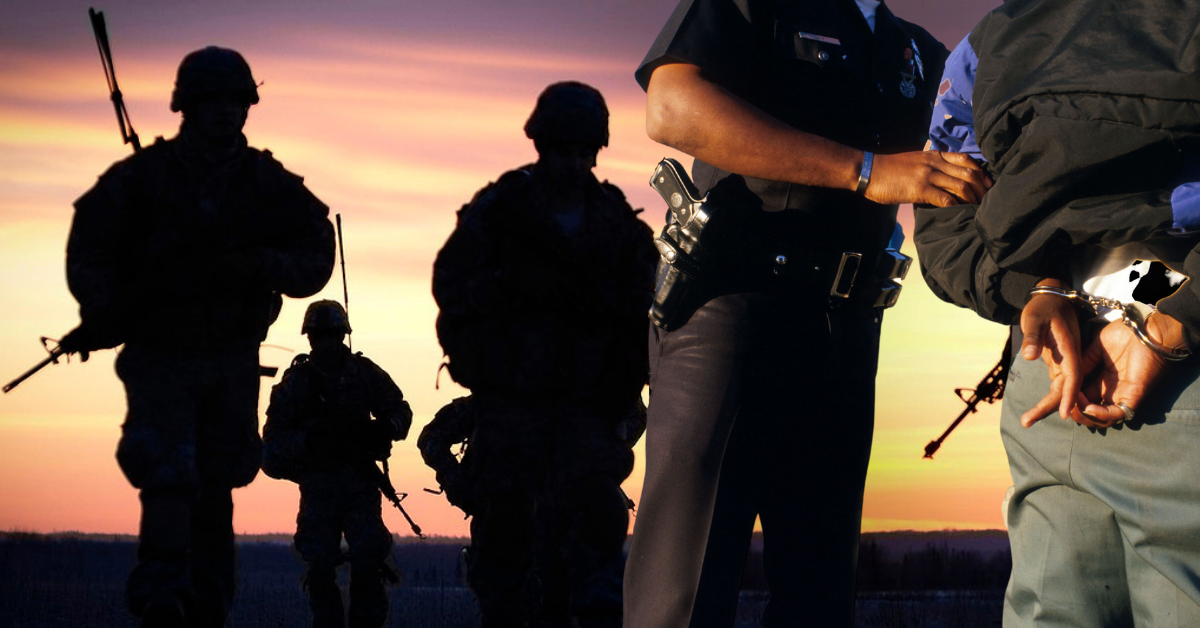How One Man’s Stand Against Crime Ignited Change in Tacoma
In the heart of Tacoma’s Hilltop neighborhood on a September night in 1989, a quiet street turned into a battleground. What began as a neighborhood barbecue quickly escalated into a violent showdown between off-duty U.S. Army Rangers and alleged gang members. This gunfight, known as the Ash Street Shootout, was more than a skirmish—it was a catalyst for change, leaving Tacoma forever transformed.
Background: A Neighborhood Under Siege
By 1989, Hilltop was notorious for gang activity and rampant drug dealing. Staff Sergeant Bill Foulk, a U.S. Army Ranger in the 2nd Battalion, had moved to Ash Street in 1987, buying a run-down home for $10,000 with the hope of restoring it. But the streets he hoped to reclaim were under siege. Gang members openly sold drugs, and violent incidents had become part of daily life. Foulk, along with his neighbors, had repeatedly called for police intervention, but the underfunded Tacoma Police Department couldn’t keep up with the escalating crime.
The tension boiled over when The News Tribune published an article about frustrated residents on Ash Street “on the verge of vigilante action.” This story ignited tempers across the neighborhood and set the stage for a violent confrontation.
The Ash Street Shootout Build-Up: Defending Their Turf
On September 23, 1989, Bill Foulk hosted a barbecue at his home, inviting neighbors and a few fellow Rangers. Tensions mounted as Foulk’s neighbors across the street—a group suspected of drug activity—began throwing rocks and firing a BB gun at Foulk’s house. Foulk had installed a video camera to document these disturbances, a move that seemed to enrage his neighbors even more.
As the altercation escalated, Foulk called on more Rangers for backup. Soon, a group of twelve Rangers gathered at Foulk’s home, bringing an assortment of privately owned firearms, from pistols to AR-15s and shotguns. Prepared for what was coming, the Rangers devised a defensive strategy and even erected a barricade.
The Ash Street Shootout Begins
At 9:20 PM, gunfire erupted. Though it remains unclear who fired first, both groups quickly engaged, with Foulk’s Rangers positioned defensively while the group from across the street retaliated from behind parked cars. The standoff continued for 5 to 30 minutes, during which an estimated 100 to 300 rounds were exchanged. Witnesses describe the scene as chaotic—bullets tearing through the quiet street, neighbors cowering indoors, and Rangers standing their ground.
In the midst of the mayhem, a local photographer and journalist from The News Tribune arrived on the scene, capturing a surreal scene: military-trained men locked in a fierce shootout with street criminals.
The Ash Street Shootout Aftermath: Arrests, Criticism, and Lasting Impact
When police arrived, they initially retreated, overwhelmed by the intensity of the firefight. Eventually, officers managed to detain the Rangers, confiscating some of their weapons. As the dust settled, two individuals suspected of shooting at the Rangers were arrested, though only one was ultimately convicted.
The Tacoma Police Department criticized the Rangers for not calling them sooner, while Foulk argued that previous calls to police had gone unanswered. The News Tribune reported on the fallout, detailing how both sides blamed each other, with each claiming the other had fired the first shot.
The shootout forced Tacoma into the national spotlight, exposing the city’s issues with gang violence and the limitations of its police force. In the years that followed, Chief Ray Fjetland led the department toward a model of community-oriented policing, and Tacoma began establishing neighborhood liaisons and a dedicated crime management team in Hilltop. By 1990, Tacoma Police even set up an office in Hilltop to work directly with residents in shutting down drug operations.
A Legacy of Vigilance and Change
For Bill Foulk, the Ash Street Shootout was more than a battle—it was a stand for his community’s future. His actions inspired the formation of neighborhood block groups and a surge in community reporting. Foulk’s defiance against crime remains a powerful symbol, with all the bullet holes patched in his home—except one, left as a reminder of the battle he fought that night.
The Ash Street Shootout is a reminder of how ordinary citizens can demand change, even when faced with insurmountable odds. It’s a story of resilience, courage, and the struggle to reclaim a community, a tale of how one man’s stand on a dark night in Tacoma became a beacon of change.
References and Additional Resources
- The News Tribune. (2009). Ash Street Shootout: Retrospective of a Defining Night in Tacoma History. Retrieved from The News Tribune
- Tacoma Police Department History. The Shift to Community-Oriented Policing in Tacoma. Retrieved from TacomaPD.gov
- National Geographic. (2017). The Legacy of the Ash Street Shootout. Retrieved from National Geographic
- Hilltop Tacoma Historical Society. Crime and Community Action in the 1980s. Retrieved from HilltopHistory.org
- Washington State Historical Society. (2022). Tacoma’s Transformation: From Gang Violence to Community Collaboration. Retrieved from WashingtonHistory.org




